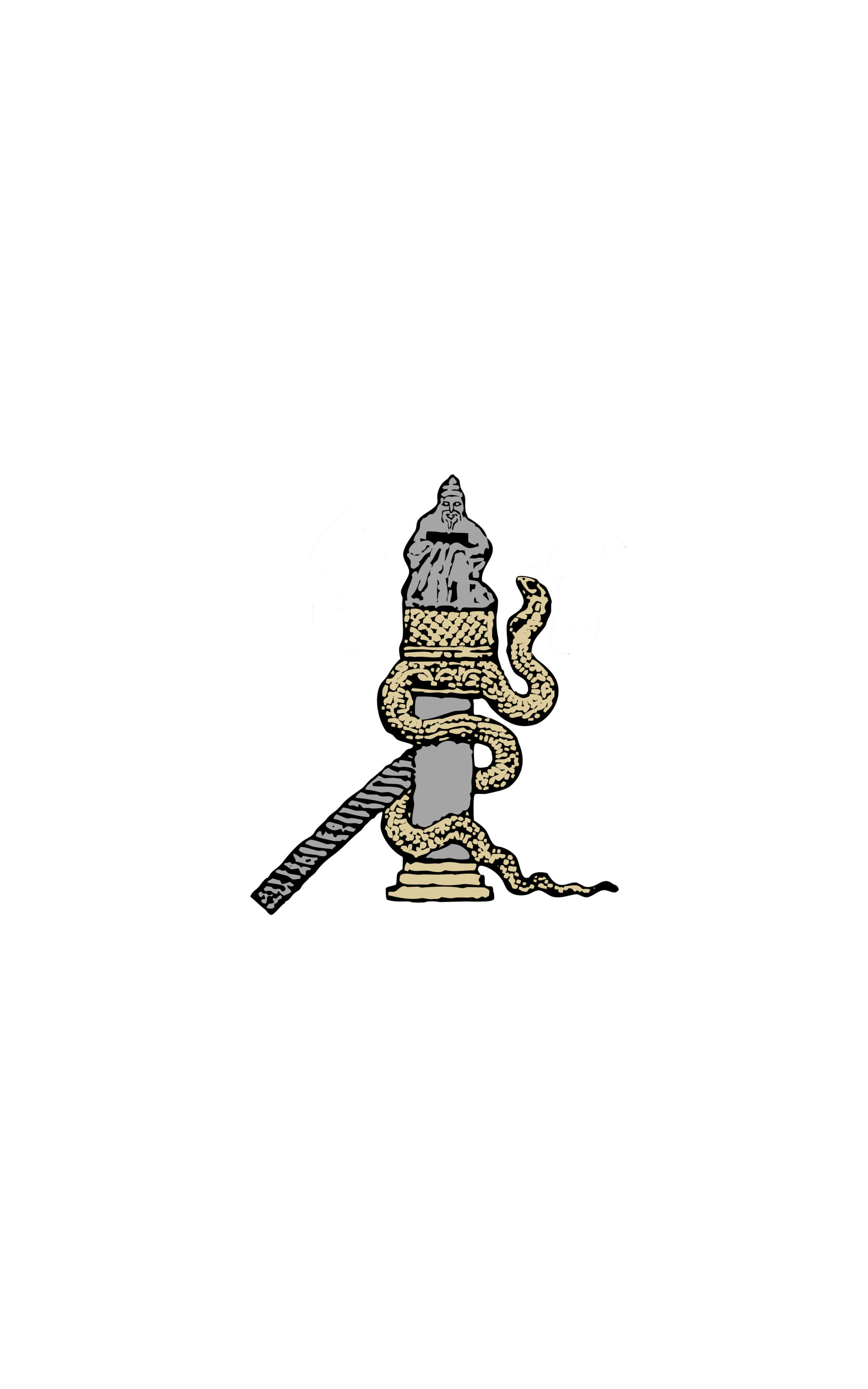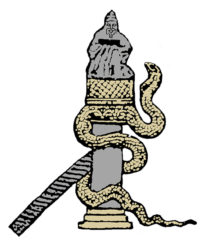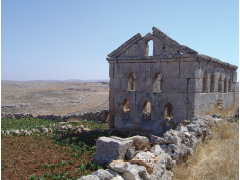Religious imagery and material culture c.200 to 800 CE x 3
The British Museum -Directorate
Full-time
Fixed-term contract; 4 years in duration
£26,820 per annum
Ref: 1285352
Closing date: 12 noon, Monday 10th December 2012.
The British Museum is looking to recruit three Postdoctoral
Researchers to carry out research on different aspects of religious imagery and material culture, and their political and social contexts, in the time period c.200 to 800 CE, in one or more religious traditions and polities from the Mediterranean to South Asia.
This research will support the broad objectives of the Leverhulme Trust funded Empires of Faith research programme which is a unique research programme bringing together the British Museum with Wolfson College in the University of Oxford to understand the creation of religious iconographies and their relationships with state formation within this context.
The main purpose of this role will be to develop and deliver major pieces of research both individually and in collaboration with other programme staff, on the questions and subjects that support the overall objectives of the Empires of Faith research programme to final academic publication. You will be responsible for the development and delivery of web content, public programming and potentially displays. You will also be required to have the ability to understand the wider context of their research and the programme’s research, particularly in relation to the British Museum collections.
You will be educated to doctoral level or equivalent in a subject relevant to the role, for example Archaeology or Art History, with focus on religious traditions, cultures and polities from the Mediterranean to South Asia or alternatively in a related subject that can inform the study of religious and political imagery c.200 to 800 CE. You will have experience or demonstrable knowledge of material culture and/or academic perspectives that can inform the study of appropriate material and/or visual culture.
Excellent teamwork and communication skills are essential for this role, as well as previous experience working on a research project as a Research Assistant.
Interviews are likely to take place on 21 and 22 February 2013 in Oxford.
For further information or to apply for this role, please go to


